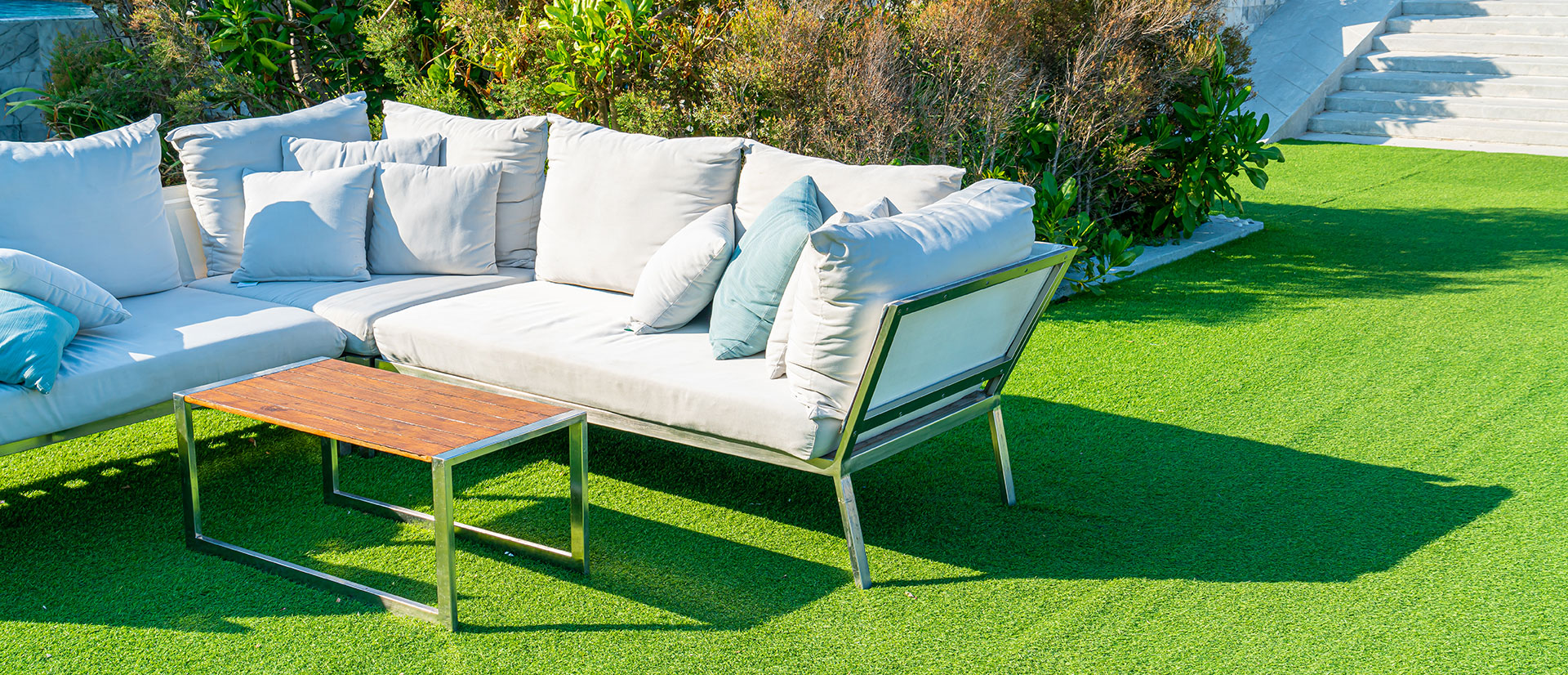Real Grass vs. Artificial Grass: Making the Right Choice for Your Arizona Landscape
Introduction: In the scorching heat of Arizona, maintaining a lush, green lawn can be a daunting task. Homeowners and businesses alike face the challenge of keeping their outdoor spaces vibrant and inviting while combating the harsh desert climate. When it comes to landscaping, one of the biggest decisions is choosing between real grass and artificial grass. In this blog, we’ll explore the pros and cons of each option to help you make an informed choice for your Arizona property.
Real Grass: Pros:
- Natural Aesthetic Appeal: Real grass provides a lush, natural look that many homeowners prefer. It adds beauty and enhances the curb appeal of any property.
- Cooling Effect: Grass helps to lower surface temperatures, providing a cooler environment for outdoor activities during the hot Arizona summers.
- Environmental Benefits: Grass absorbs carbon dioxide, releases oxygen, and helps improve air quality. It also helps to prevent soil erosion and runoff.
Cons:
- High Maintenance: Maintaining real grass in Arizona requires frequent watering, mowing, fertilizing, and pest control. The intense heat and drought conditions can make it challenging to keep grass healthy.
- Water Usage: Arizona’s limited water resources make watering real grass a significant concern. Keeping a natural lawn green can lead to high water bills and contribute to water scarcity.
Artificial Grass: Pros:
- Low Maintenance: Artificial grass requires minimal upkeep compared to real grass. It eliminates the need for watering, mowing, fertilizing, and pesticide applications, saving time and money.
- Drought Tolerant: Artificial grass remains green and vibrant year-round, regardless of weather conditions. It thrives in Arizona’s arid climate without the need for irrigation.
- Durability: Synthetic turf is highly durable and resistant to heavy foot traffic, making it ideal for high-traffic areas such as playgrounds, sports fields, and commercial properties.
Cons:
- Initial Cost: The upfront cost of installing artificial grass can be higher than that of real grass. However, the long-term savings on maintenance and water bills often offset the initial investment.
- Heat Retention: Artificial turf can become hot to the touch in direct sunlight, especially during the peak of summer. However, advancements in technology have led to the development of heat-resistant artificial grass varieties.
Conclusion: Choosing between real grass and artificial grass ultimately depends on your preferences, budget, and lifestyle. While real grass offers a natural aesthetic and environmental benefits, it comes with high maintenance and water requirements. On the other hand, artificial grass provides a low-maintenance, drought-tolerant solution that remains green year-round. In Arizona’s challenging climate, many homeowners and businesses are opting for synthetic turf to enjoy a lush, green lawn without the hassle of traditional grass maintenance. Whatever your choice, investing in quality landscaping will enhance the beauty and value of your Arizona property for years to come.


